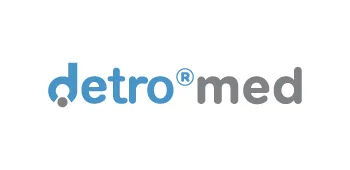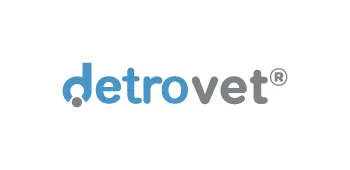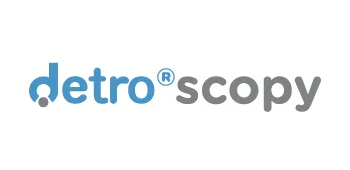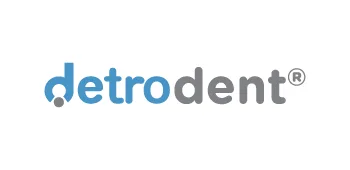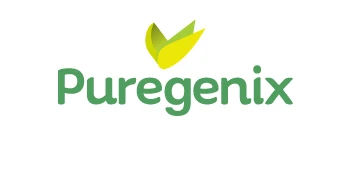ISO Standards and Hygiene: The Universal Language of Quality in Healthcare
The Invisible Link Between Hygiene and Quality
Hygiene is not merely cleanliness; it is an indicator of quality management.
A systematic structure is required to ensure the sustainable implementation of hygiene standards in healthcare institutions — this is precisely where ISO standards come into play.
Hundreds of thousands of healthcare institutions, laboratories, manufacturers and disinfectant companies worldwide have adopted ISO standards as the international language of hygiene.
1. What is ISO and Why is it Related to Hygiene?
ISO (International Organisation for Standardisation) is a global organisation that ensures products, services and management systems comply with international quality and safety standards.
Its connection to hygiene is quite fundamental:
- ISO standards define how cleanliness and sterilisation should be measured,
- How risks can be minimised,
- and how quality is maintained.
Therefore, ISO certificates are not merely “certificates”; they provide a framework that transforms hygiene into an institutional guarantee.
2. ISO Standards Directly Related to Hygiene
🔹 ISO 9001 – Quality Management System
The sustainability of hygiene practices is possible through regular audits, training and a cycle of improvement.
ISO 9001 provides this systematic approach.
For example, cleaning protocols in a hospital are documented, audited, and continuously improved according to ISO 9001.
🔹 ISO 13485 – Quality Management System for Medical Devices
This is the most critical standard for medical device and disinfectant manufacturers.
ISO 13485 mandates that hygiene, sterile environments, and contamination risks are controlled throughout production processes.
Manufacturers with this standard ensure international reliability in their biocidal products.
🔹 ISO 14644 – Cleanrooms and Controlled Environments
Applicable to operating theatres, laboratories, and pharmaceutical production areas.
ISO 14644 specifies technical parameters such as air particle density, filtration systems, and surface sterilisation.
This ensures that the definition of a “clean room” means the same level of hygiene worldwide.
🔹 ISO 45001 – Occupational Health and Safety Management System
Hygiene is critical not only for patient safety but also for worker health.
This standard aims to reduce chemical exposure risks, promote the use of protective equipment, and create safe working environments.
🔹 ISO 14001 – Environmental Management System
It regulates the use of environmentally friendly chemicals in disinfectant production, waste management, and the protection of water resources.
It reminds us that hygiene is not only about protecting against microorganisms, but also about protecting the planet.
ISO 22000 – Food Safety Management System
It regulates the safe use of surfaces that come into contact with food in disinfectant production, the prevention of cross-contamination risks, and the integrity of the hygiene chain.
It emphasises that hygiene is not just about cleanliness, but is maintained through safe production processes that protect human health.
3. The Role of ISO Standards in Healthcare Institutions
A hospital’s hygiene quality is measured not only by the frequency of cleaning but also by the integrity of its management system.
ISO standards ensure this integrity:
- Hand antisepsis, surface disinfection, sterilisation, and waste management processes are documented,
- All personnel are regularly trained,
- Practices are monitored through internal audits,
- Corrective actions are implemented when deviations occur.
Thanks to this approach, hygiene is ensured systematically rather than by chance.
4. The Importance of ISO Compliance for Disinfectant Manufacturers
For brands operating in the hygiene products sector, ISO certifications have become the key to international trade.
For example:
- The ISO 9001 certificate proves the consistency of products and quality control processes,
- ISO 13485 demonstrates that medical products are manufactured under hygienically safe conditions,
- ISO 14001 emphasises environmentally conscious production policies.
These documents enhance both customer confidence and export ease.
5. Corporate Benefits of Compliance with ISO Standards
- Continuous improvement in hygiene processes,
- Transparency and traceability in audits,
- International confidence in products and services,
- Measurable reduction in infection risk,
- Documented trust in corporate reputation.
Therefore, ISO standards represent not only quality but also a culture of trust in the healthcare sector.
6. Looking to the Future: Digital ISO Integration in Hygiene Management
New generation hospitals and production facilities now manage ISO standards in an integrated manner with digital control systems.
Sensor-supported environmental measurements, QR code-based cleaning reports, and automatic recording systems facilitate the digital traceability of standards such as ISO 9001.
As a result, hygiene is not only “implemented” but also proven with data.
The Assurance of Hygiene is Not Documentation, but Awareness
ISO standards demonstrate that hygiene is not merely a task but a corporate responsibility.
However, what truly makes the difference is not the existence of documents, but the determination to apply these standards every day, in every process.
Compliance with ISO standards in hygiene management is the universal language of trust in the healthcare sector.









